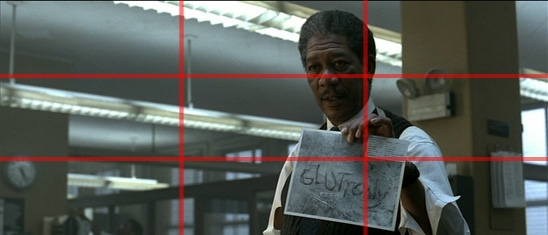The Rule of Thirds
Centrally placed subjects tend to focus attention in the middle of the image and leave it there, making pictures feel flat as a result; if you're trying to create an abstract or graphic representation of reality, this might be exactly the effect you're looking for, but you can strengthen your compositions with a subtle shift of the focal point.
Knowing the rules
The idea is to imagine that your frame is split into nine equal sections by two horizontal lines and two vertical lines. Then, by placing your subject, or a key part of your scene, at or near a point where the lines cross a point of power you'll lead your viewer's eye through the image, and create a more balanced composition; you'll be surprised at how dominant smaller subjects can become in a much larger scene.
Breaking the rules
Not every image in a shoot should conform to the rule of thirds ─ otherwise you'll end up creating a series of similarly paced pictures. Sometimes, all it takes is a slight nudge of the main subject off-centre to create a more balanced picture.
The Rules of Thirds states that there are certain “hotspots”, areas of intensity that exist within any given image, and if one were to align the subject within the range of influence of these hotspots, it will make for a more energetic and interesting composition.
I watched the Film Se7en Last year in an AS Lesson and the rule of thirds was used by it's director David Fincher and the film was shot by the brilliant cinematographer Darius Khondji.

The image above illustrates the rule; the four “hotspots” where the red lines intersect, and where Detective Somerset ( Morgan Freeman ) stands.

Example 2 : Tracy Mills (Gwyneth Paltrow) lit by a soft, beautiful rim light and composed within the hotspots. Her frame is supported by the various vertical lines formed by the two pillars and the windows in the background.